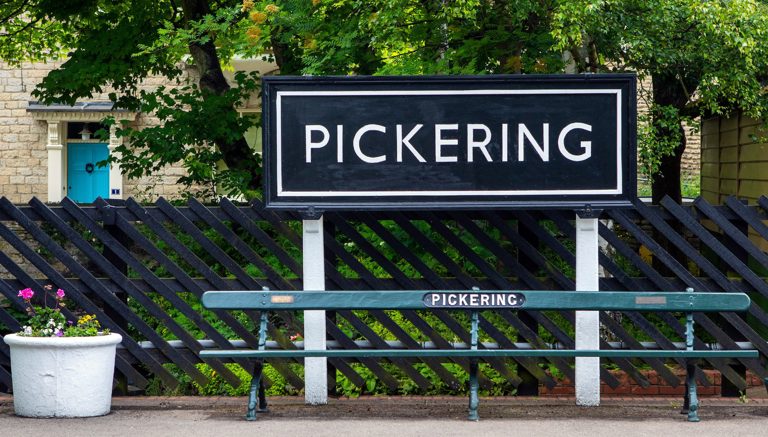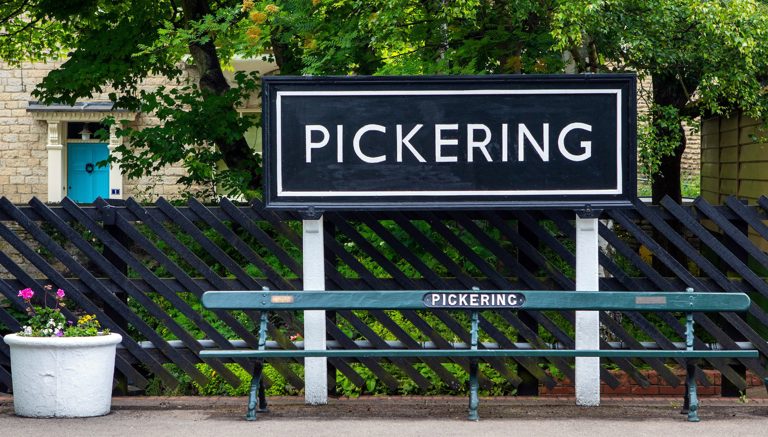History around every corner in Pickering
1/03/2016
It seems everywhere in Pickering is living history. There is the Beck Isle Museum of rural life with its own Victorian grocer’s shop stuffed to the rafters with Jellies and pickling spices, to a gent’s outfitters the the famous North York Moors Railway.
The North Yorkshire Moors Railway was formed in 1967 by a small band of enthusiasts who wanted to revive the historic line, the railway has grown to employ 85 full time staff. The trains run to Grosmont and Whitby and offer a wonderfully nostalgic trip down memory lane, even for those too young to remember the golden age of steam. The North Yorkshire Moors Railway also organises the Pickering War Weekend in October, when the town is filled with thousands of people dressed as soldiers, sailors and airmen, partnered by land army girls in dungarees or impossibly glamorous women in vintage chic.
However even older military history towers above the old station. Pickering Castle is one of the country’s finest Norman motte-and-bailey fortresses, and was originally built by William the Conqueror to keep out rebellious barons and marauding Scots. A hundred years later Henry II founded the stone castle, while the outer entrance, curtain wall and three towers were built on the orders of Edward II. The remains are now cared for by English Heritage.
Modern day Pickering Town Centre is now a bustling place with a market every Monday and thriving independent shops and cafes. Look out for Wrothwells on Market Place with is old fashioned shop frontage. Opposite, is the Bay Horse Inn, a hostelry for Cromwellian troops during the civil war.
Birdgate is similarly rich in shops. The Black Swan Hotel was visited by Charles Dickens, and cock fights were once held in the inns courtyard.
But for all of Pickerings historical superlatives, its most trivial claim came in 1994 when Bernard Harland grew one of the largest gooseberries on the planet, winning first prize at the Egton Bridge Gooseberry Fair.


